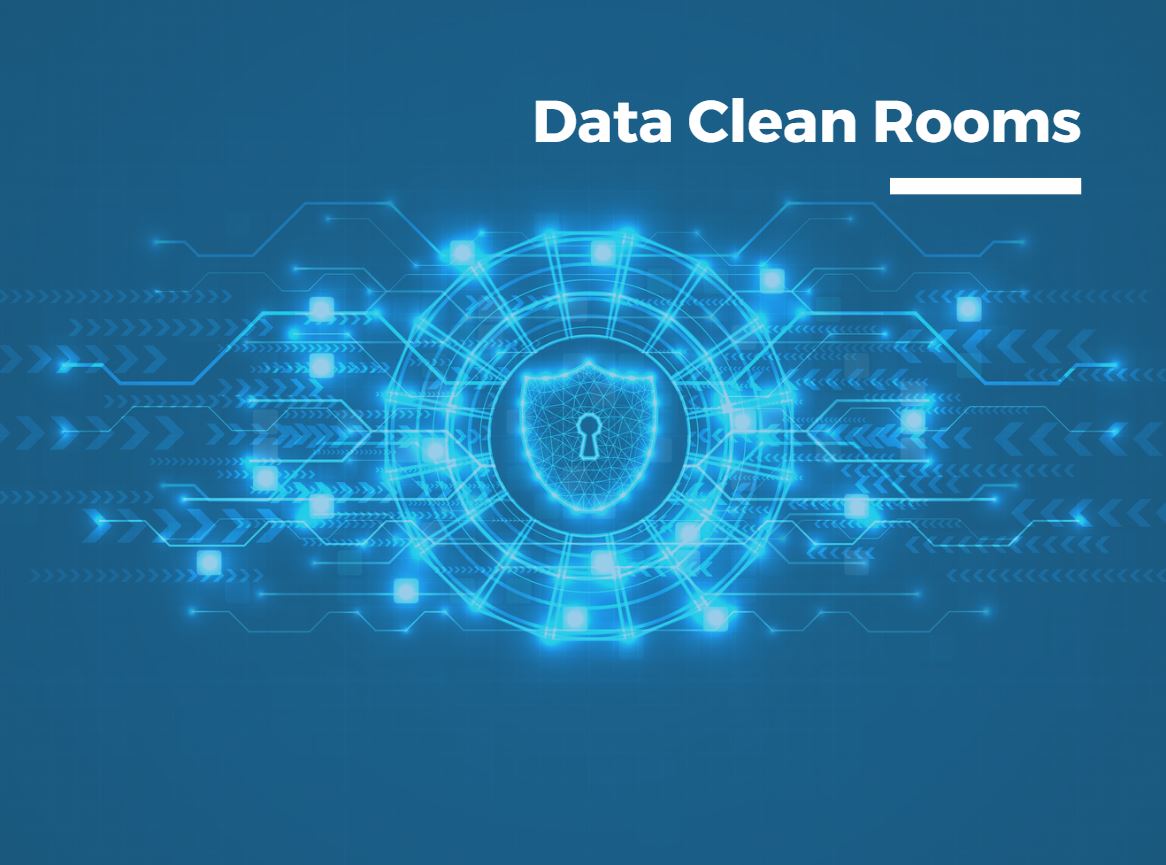What is a Data Clean Room?
A data clean room is a software that helps facilitate privacy-friendly digital advertising in the absence of third-party cookie data. It is a way to combine first-party data with insights from ad platforms to uncover potential consumers without violating any privacy regulations. Essentially, you can use a clean room to combine your customer data (from your advertising platforms or website analytics) with the data from other advertisers. Sparrow Advisers’ principal and co-founder, Ana Milicevic, says that data clean rooms facilitate a secure and collaborative environment where multiple parties can use data for specific purposes that they mutually agree upon. This eliminates the exposure of data to other parties according to Milicevic.
How Do Data Clean Rooms Work?
In the clean room, first-party data is aggregated and matched based on user-level data, then you can use this aggregated data for targeted advertising. No user level data “leaves” the clean room. The information you receive is “cleaned” and aggregated, protecting the privacy of individuals.
Why Use Data Clean Rooms?
With new regulations popping up in every jurisdiction concerning how companies are allowed to obtain and use customer data online, it has become incumbent on the marketer to make sure their website data collection practices are legitimate and in-line with current regulations in the countries they operate in.
As third-party cookies are phased out, businesses will need to find ways to connect with passive online customers who have not provided first-party data.
Who is Using Data Clean Rooms?
Typically, data clean rooms are used by brands, agencies and publishers. These larger organizations have a high level of data maturity because they invest and work with data technology. Milicevic claims that data clean rooms are a “luxury solution” because most companies don’t have the resources to explore this option.
Costs Associated with Data Clean Rooms
Using a DCR can come with a hefty price tag. According to Milicevic, two-thirds of users have spent at least $200,000 on the technology. A quarter of those surveyed by the IAB have spent over $500,000. But the cost doesn’t stop there. To make the DCR usable, you may need to invest in additional privacy protection tools and other technology, which can bring the annual cost up to over $2 million.
The Evolving Uses for Data Clean Rooms
Today, data clean rooms are being used for data privacy compliance, anonymization, cleansing and normalization, as well as transformation and enrichment. Milicevic claims that data clean rooms use business logic which allows analysts to obtain valuable customer data. In the future, data clean rooms can be used for attribution, predictive analytics, mixed media modeling, ROI measurement and modeling.
AWS Clean Rooms
Most clean rooms are housed within a ‘walled garden’ or ‘digital giant’, like Google Ads Data Hub, or the recently announced AWS Clean Rooms from Amazon. Enterprise Clean Rooms are similar in their process but differ by combining your data with data across your chosen enterprise and its partners. This typically results in deeper insights and more activation capabilities.
Where Amazon’s AWS Clean Rooms differs from most walled garden clean rooms is that Amazon allows advertisers to use data obtained through the use of their clean room to execute campaigns inside or outside of Amazon Ads. Making this more of a hybrid between a walled garden and an enterprise clean room. A powerful technology at a time where first party data optimization is at its most crucial.
Why We Care
With the depreciation of third-party cookies and Apple’s IDFA changes, we will lose our ability to effectively target digital advertising in the current paradigm. While consensually obtained first-party data can be very useful, it doesn’t paint a clear enough picture of consumer activity to effectively segment and target digital marketing efforts.
Second party data is going to have a significant role in digital advertising moving forward. Clean Rooms offer a way to utilize second-party data while maintaining compliance with privacy regulations.







